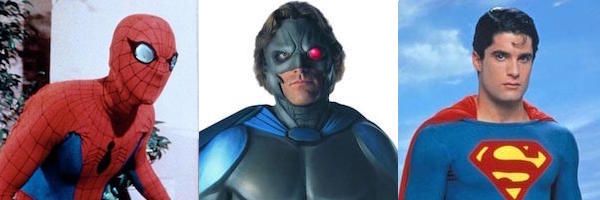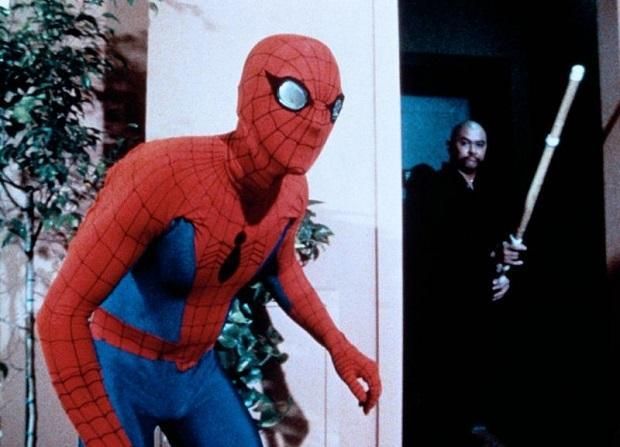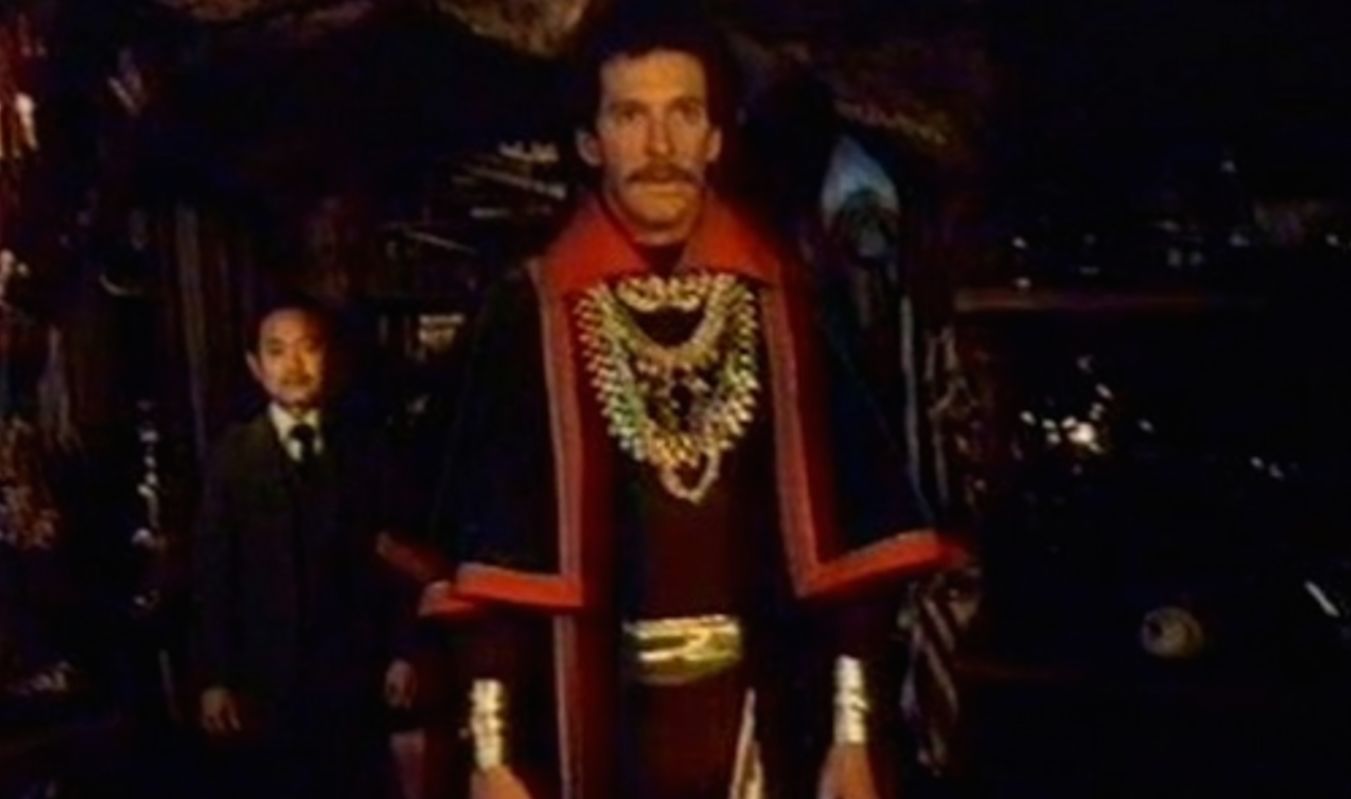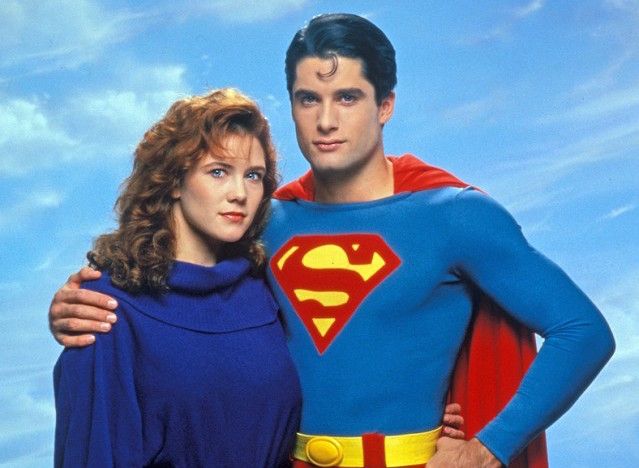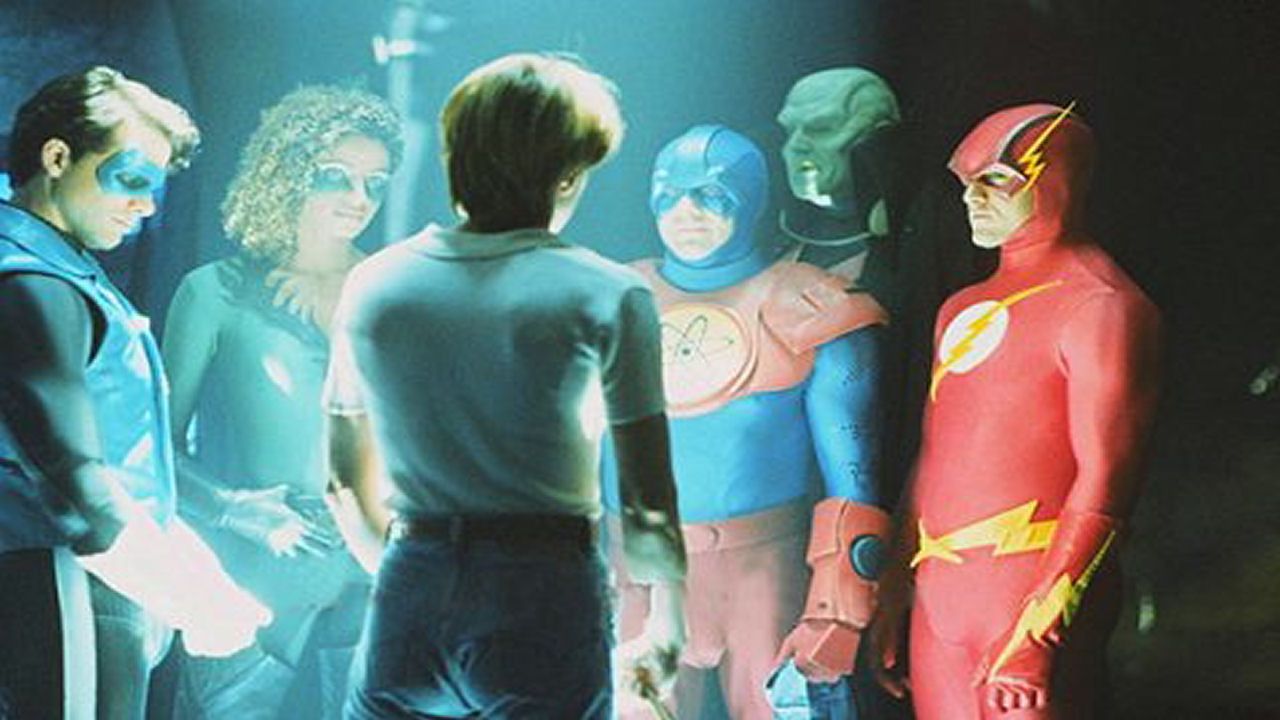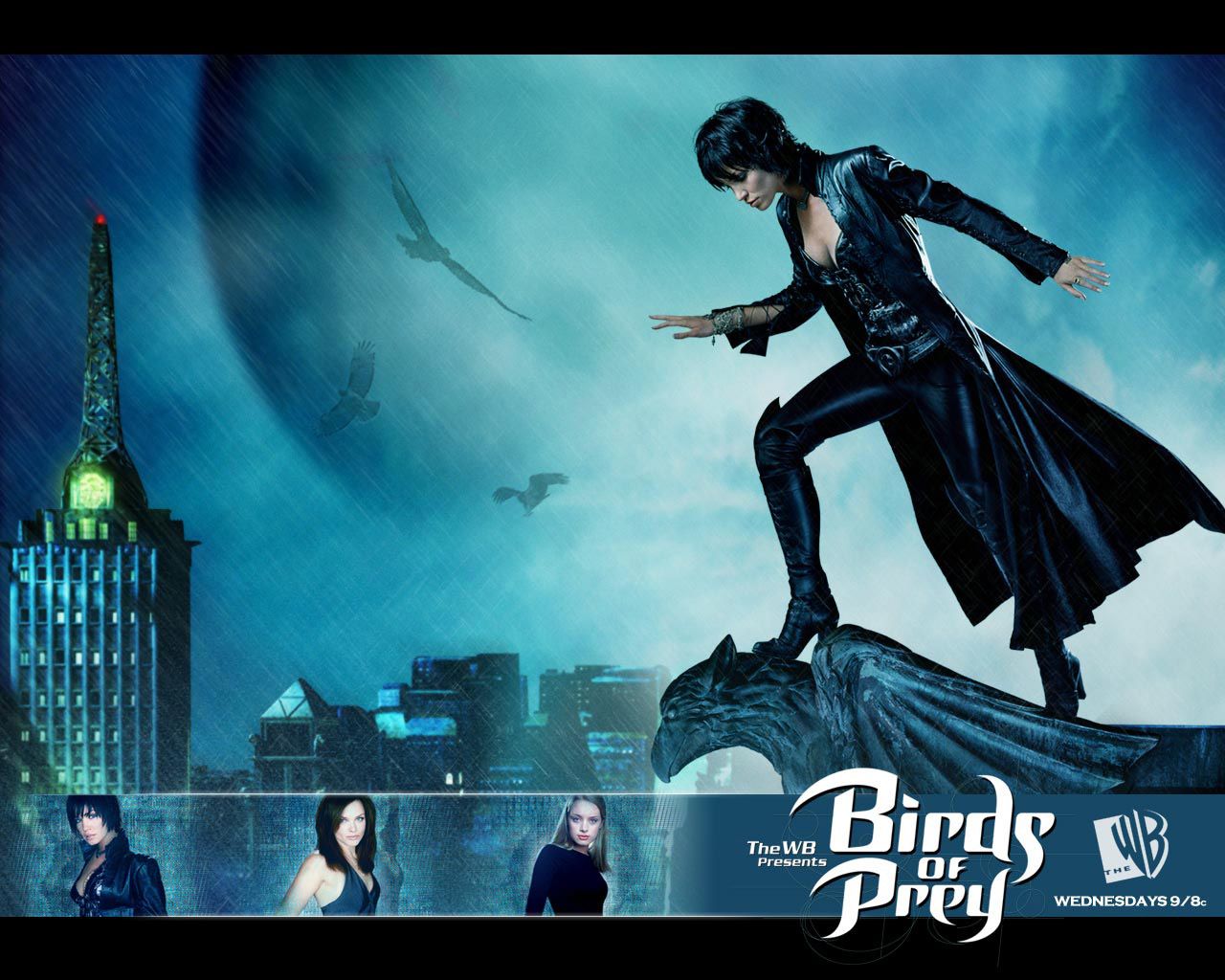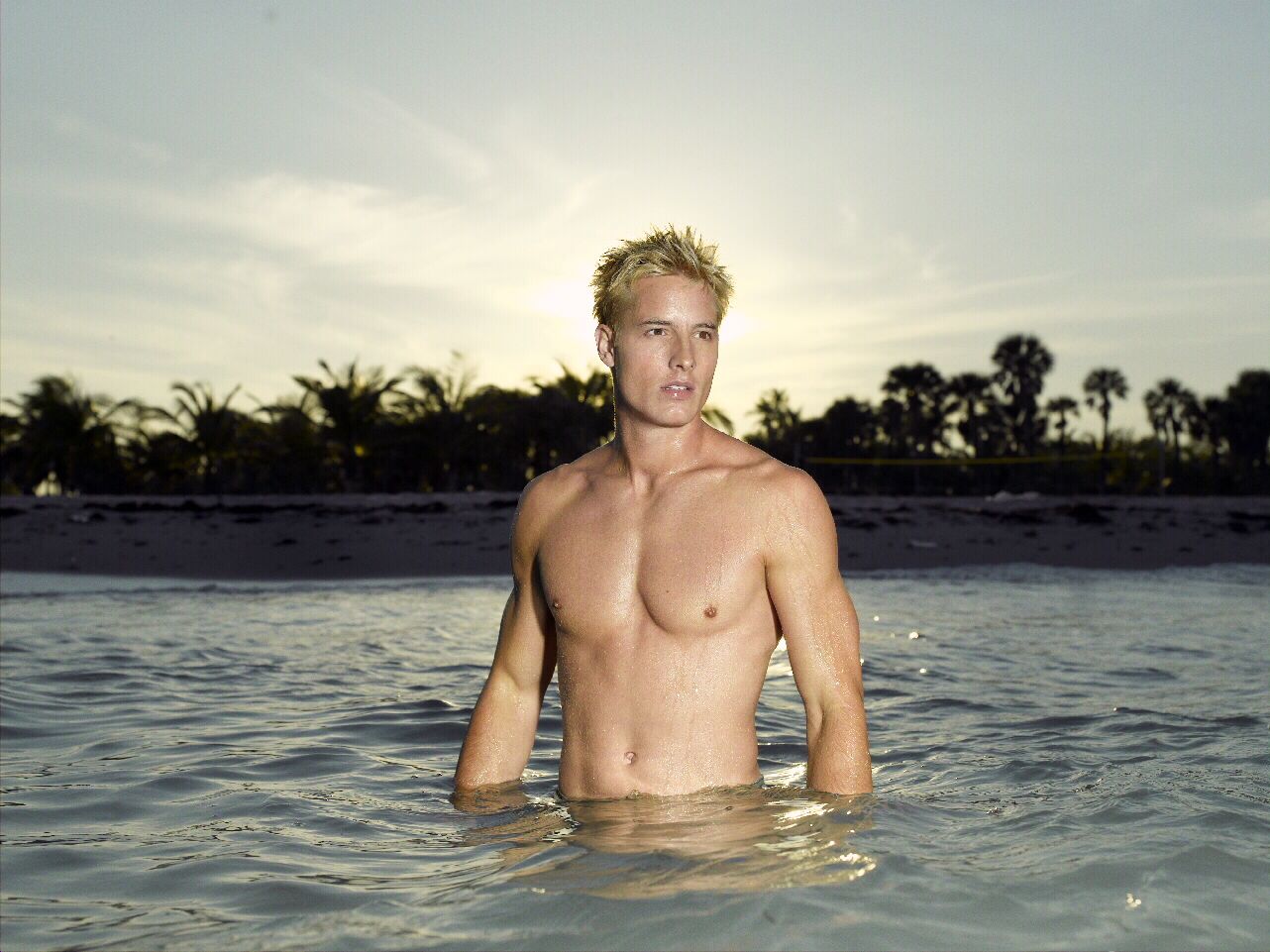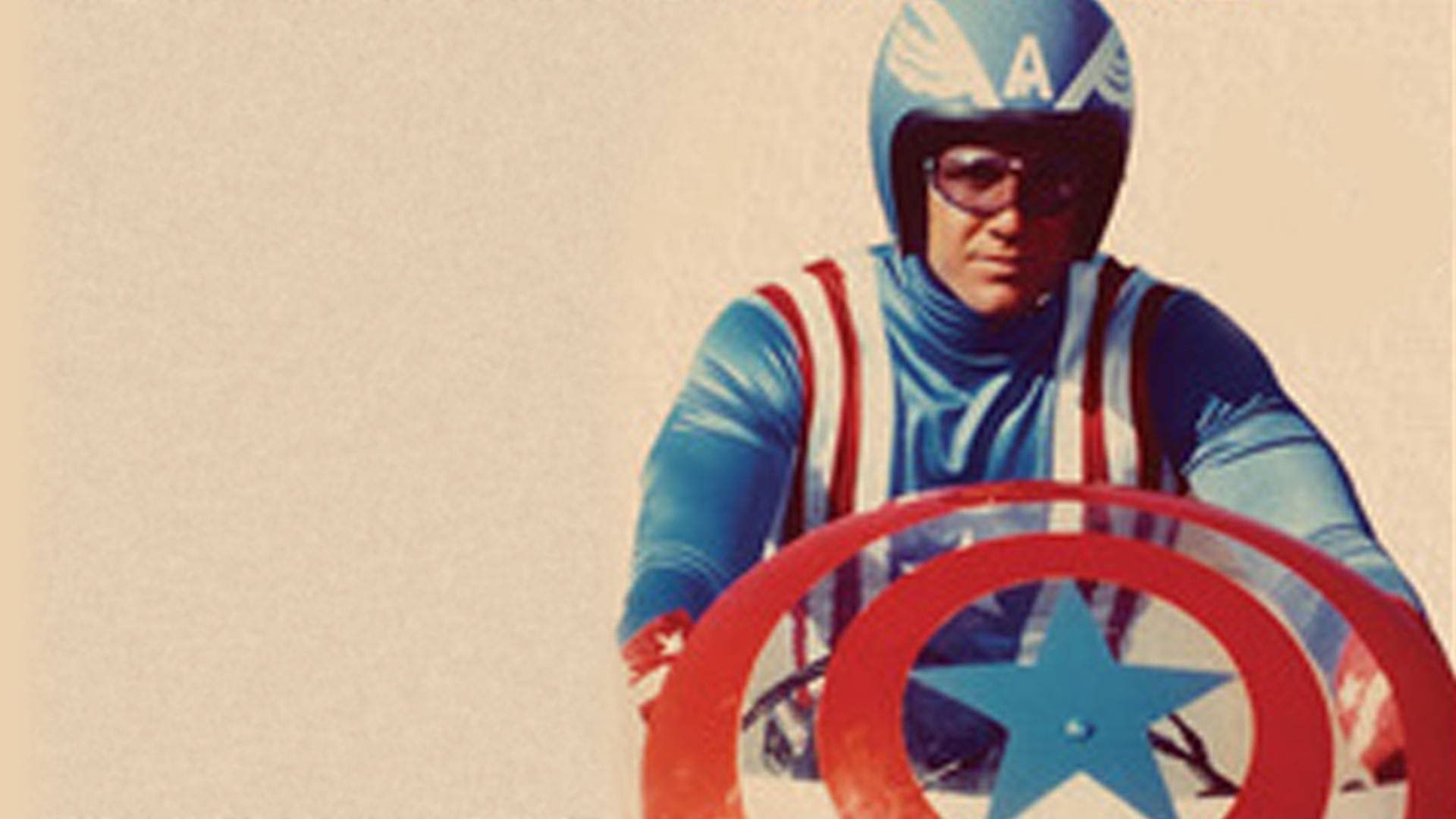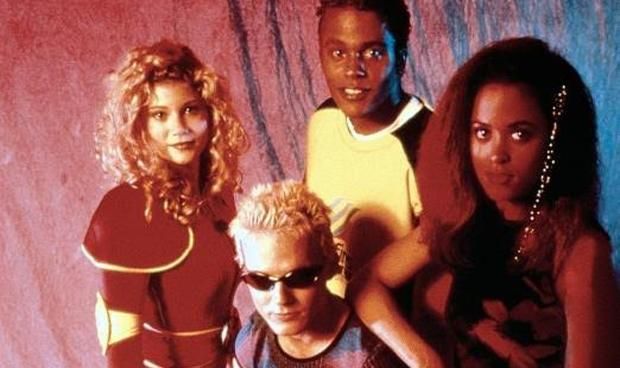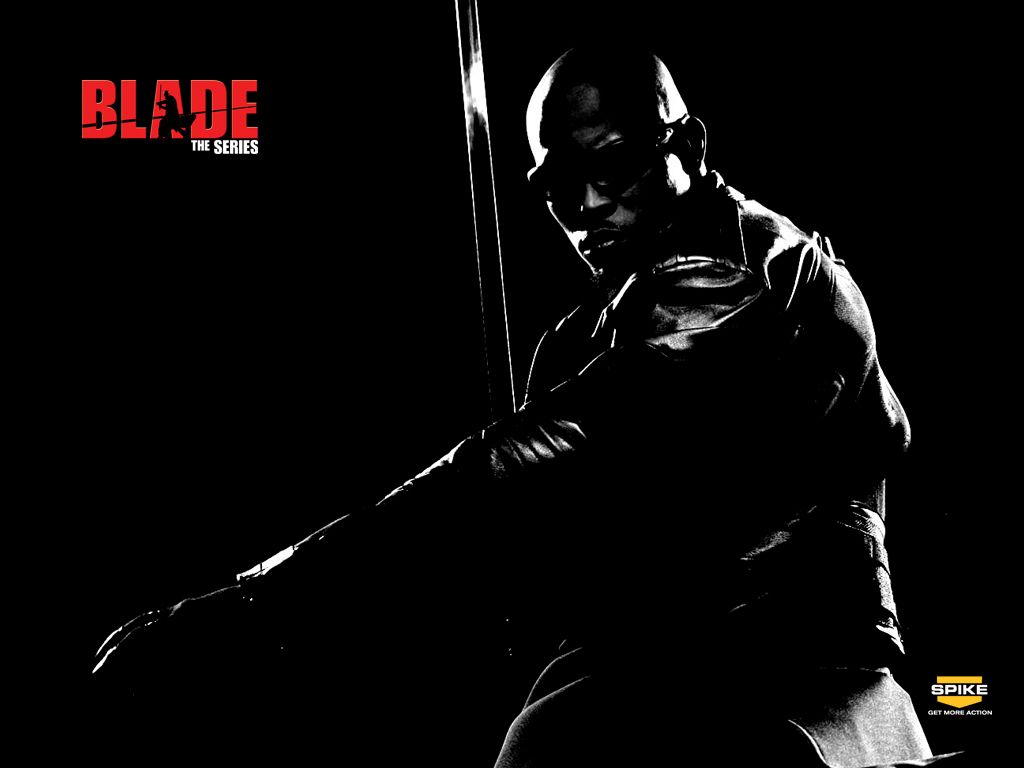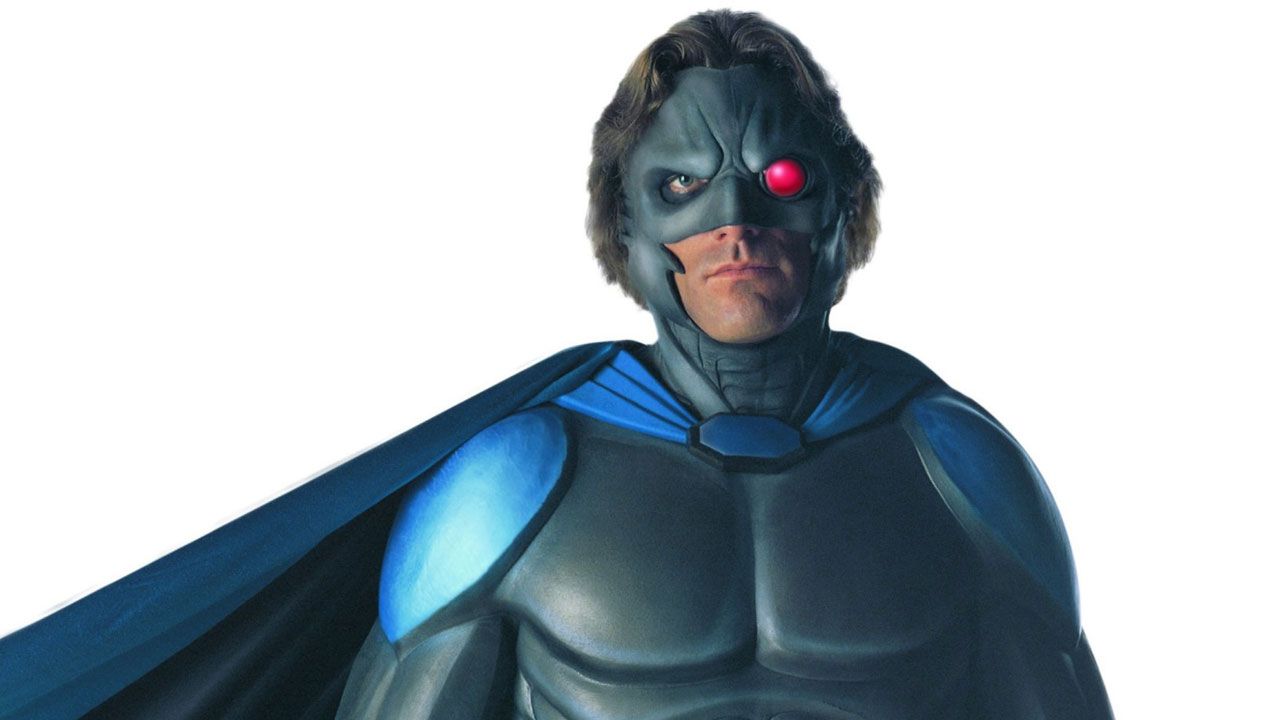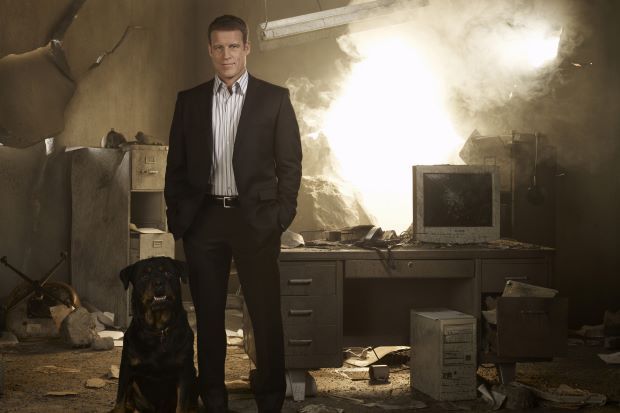Comic book fans have been spoiled by adaptations like The Flash, Arrow, and Marvel's Daredevil in recent years, but some major icons weren't so lucky to go so far, or even be remembered. We're talking about properties like Spider-Man, Captain America, Doctor Strange, Aquaman, and The Justice League. Decades before these characters became major movie franchises for Marvel and DC, they all were imagined for television at a time before such things were considered to be cool. There were also adaptations of comics that may have been popular at a time that are long since forgotten, and, in one instance below, an entire series that has largely been unseen for 25 years.
Below you'll find 10 of those projects, but what can we learn from this list? Sadly, not every comic book series is a Smallville or a modern-day Flash. Some, however, are worth seeking out if you're curious to see how the genre was done in the past, and some of these shows aren't all that bad. Ideally, the lack of success or endurance for these projects gave producers a better idea of what could and would work, inspiring the current successful wave of Marvel and DC properties on the TV screen.
To be included in this list, a project had to have aired at least once, somewhere, or have been part of an official release -- which means that no, you will not be finding Adrianne Palicki's Wonder Woman here. Additionally, projects that were announced that never happened, such as Deadman, Booster Gold, or even a Night Thrasher TV series that was once in development for UPN, will not make the list.
The Amazing Spider-Man (1978-1979)
Decades before Tobey Maguire, Andrew Garfield, or Tom Holland donned red and blue tights, Nicholas Hammond brought Spider-Man to primetime TV.
Airing initially as a 90-minute TV-movie titled Spider-Man in 1977, CBS aired the first season over a six-week period in early 1978, to be followed by a sporadically-scheduled Season 2 in the Fall. Supposedly the reason for not giving the Spider-Man TV series a regular timeslot is that CBS feared becoming the "superhero network," since The Incredible Hulk and Wonder Woman were already on their schedule.
Instead of portraying Spider-Man as a nerdy high school student, Hammond's Peter Parker was in college, and many of the familiar parts of Spider-Man lore were gone: Mary Jane Watson, Gwen Stacy, and even Uncle Ben were all absent from this adaptation! Aunt May did make some brief appearances, and two different actors (David White and Robert F. Simon) played J. Jonah Jameson. Stan Lee was reportedly not happy with the series; once referring to it as a "total nightmare."
Many of the Spider-Man episodes were edited into two-hour movies where a new generation saw them in syndication, and some were released to VHS by Rhino Home Video. They have largely been out of the mix for the last 15 years.
Dr. Strange (1978)
Benedict Cumberbatch is actually not the first live-action Doctor Strange; that honor goes to Peter Hooten, who played the mustachioed sorcerer in a TV movie that aired on CBS in September 1978. (Of note, the villainous Morgan le Fay was played by Arrested Development's Jessica Walter). Doctor Strange's comic book supporting characters Wong and Clea both have roles in the pilot, but it did not make it to a full series.
Dr. Strange has not been released to DVD; however, there were two VHS releases, and surely with the new movie coming out, it is bound to resurface at some point.
Superboy (1988-1992)
This example is a strange one to include, as it actually was on the air for four seasons. Sadly, the show and its legacy have been largely forgotten for several reasons.
Superboy was developed by Alexander and Ilya Salkind, producers of the first Superman films starring Christopher Reeve. The series starred John Haymes Newton as Superboy for its first year, and then he was replaced by Gerard Christopher in the title role. Stacy Haiduk played Lana Lang. The series saw Clark Kent's early days as Superboy while studying at Shuster University.
The series aired in syndication for four years, and some of the show's low budget was sadly visible on camera. There were, however, many talented people involved -- including later Emmy award winner David Nutter, who would later return to the world of a young Clark Kent by directing the pilot episode of Smallville.
Beyond DVD releases of the series -- some of which were only via the Warner Archive and didn't even rate a retail release -- this series has been mostly unseen since its end in 1992. Why? Legal disputes between the Salkinds and Warner Bros. allegedly held things back for a time; additionally, Lois & Clark, which was wholly owned by Warner Bros., premiered only a year after Superboy's end. The studio would also later have great success with another "young Clark Kent" TV series, the previously mentioned Smallville, which lasted ten years. Before an official DVD release happened, series lead Gerard Christopher would sell bootleg copies of the series at conventions.
Unfortunately, this murky legal situation means that a generation of fans might not be aware Superboy was even a thing, and most television journalists seem to have forgotten it as well. For example, the recently deceased Noel Neill, who played Lois Lane in the original Adventures of Superman series, guest starred in the Season 4 episode "Paranoia" but most obituaries failed to mention that fact.
Interesting additional trivia: A pilot for a potential Superboy series was also created in the early 1960s. It never went to series, though the first episode is available officially on the Smallville complete series DVD set.
Justice League (1997)
Audiences watching the Justice League on the big screen next year might not know that a TV version of the team was prepared 20 years earlier as a potential series for CBS.
Justice League may have gotten inspiration from the comedic Justice League International comic books by J.M. DeMatteis and Keith Giffen, but sadly there is a major factor missing: It's actually not funny. Barry Allen (The Flash, played by Kenny Johnston) is a loser; Green Lantern (Matthew Settle) is more on the turquoise side, calling himself "Guy Gardner" but looking more like Kyle Rayner; and the Martian Manhunter (David Ogden Stiers) has a pot belly. The costumes are very cheap, which is disappointing when one considers how cool John Wesley Shipp's Flash looked years before on the CBS series he starred in. Even the visual effects on Lois & Clark: The New Adventures of Superman might have outdone this one.
Although the pilot failed, Justice League actually aired -- just not in the United States. The pilot aired as a movie in the United Kingdom, Puerto Rico, Thailand, and other regions. It can also be found from nearly every comic book convention bootleg movie dealer, right next to the Roger Corman Fantastic Four movie.
Birds of Prey (2002-2003)
A year after ratings success with Smallville, The WB Network went to that show's production company Tollin-Robbins Productions for a series set in the world of Batman. Unlike Smallville, which was a prequel to the Superman that we all know, Birds of Prey was a sequel to the familiar Batman stories.
Birds of Prey adapted elements from the DC comic book series of the same name while at the same time adopting elements from earlier comics. The Huntress in this series was Helena Wayne, daughter of Bruce Wayne (Batman) and Selina Kyle (Catwoman).
Birds of Prey also featured the first live-action appearance of Harley Quinn. Mia Sara (Ferris Bueller's Day Off) played the role of Dr. Harleen Quinzel with a campy performance that involved a frequent raised eyebrow. For the original pilot, unaired but available on the DVD, Harley was played by Twin Peaks' Sherilyn Fenn.
Despite a lot of publicity before the show's premiere, some good casting (particularly Dina Meyer's Barbara Gordon/Oracle), and some major future talent behind the scenes including Melissa Rosenberg (Jessica Jones) and Once Upon A Time creators Edward Kitsis & Adam Horowitz, Birds didn't gel creatively and wasn't the big hit that Smallville had brought The WB, and thus was canceled after 13 episodes. The complete series is available on DVD, albeit with an inferior theme song replacing the original. Ironically, the ratings for Birds of Prey in 2002 would have been huge for The CW now, where superhero shows lead almost every night of the schedule.
Aquaman (2006)
Would you believe there was a time when The CW would turn down a DC Comics show?
Aquaman, alternatively referred to as Mercy Reef, came from producers Alfred Gough & Miles Millar (Smallville) and director Greg Beeman (Heroes) and was in contention for The WB's Fall 2006 schedule. Unfortunately for them, that happened to be the year that both The WB and UPN closed up shop, merging to become The CW, and CW President Dawn Ostroff wasn't as much of a fan of the genre as her successor, Mark Pedowitz, has been.
Aquaman got so far as to have a dummy page created for The CW's introductory website, and a trailer had been prepared which managed to leak online. Fans wanted to see more of the DC Comics-based series which starred Justin Hartley, who would later go on to play another superhero, the Green Arrow, on Smallville. Eventually, Warner Bros. Television released the Aquaman pilot legally onto iTunes; the pilot can also be found on the Smallville Complete Series box set as an extra.
Captain America (1979)
CBS tried twice with Captain America before deciding not to make the character into a full series.
Reb Brown played Steve Rogers, a patriotic man of the 70s who is given a "FLAG formula" - that stands for "Full Latent Ability Gain" - to save his life and also get additional strength. He drives a high-tech motorcycle that seems to come with a plastic-looking variation of the Captain America shield, and he wears a costume that's a bit different from the one Captain America fans are used to.
At the end of the first movie, Steve Rogers puts on a more familiar version of the Captain America costume which is seen in the second film. Captain America: Death Too Soon aired over two nights in November 1979; Christopher Lee played the villain, but that was the last we'd see of this version of Marvel's first Avenger.
Generation X (1996)
It might be hard to believe, but there was a long period of time in which no Marvel Comics characters or franchises were seen on the big screen. Howard the Duck (1986) was poorly received and Blade was still 3 years away when Generation X aired as a 2-hour pilot movie on FOX in 1996.
At the time, Generation X -- which saw the characters Emma Frost and Banshee training and teaching a group of young mutants -- was one of Marvel's hottest properties, and many characters from that series, including the two teachers as well as members Jubilee, M, and Skin, made their way to the screen (though it might have been a little jarring to see the Asian-American Jubilee being played by the Caucasian Heather McComb). Popular Generation X members Husk and Chamber were not present for the production, replaced by two new characters named "Buff" and "Refrax." Matt Frewer (Orphan Black) played the villain, Dr. Tresh.
There was talk that Generation X would become a regular series, but it never ended up happening. Interestingly, Generation X did have an impact on the later popular X-Men movie series, in that Hatley Castle, which was later used for Professor Xavier's mansion in the films, was the location used for the Xavier Institute here.
Although a TV series based around Generation X did not happen, FOX did try again with another Marvel-based TV-movie later in the decade, as David Hasselhoff starred in Nick Fury, Agent of S.H.I.E.L.D. in 1998. A new mutant series helmed by Matt Nix is currently in development for FOX.
Blade: The Series (2006)
Taking place after the movie trilogy and featuring stories by David S. Goyer (The Blade trilogy) and Geoff Johns (The Flash), Blade: The Series featured Kirk "Sticky Fingaz" Jones in the lead role originally played by Wesley Snipes. 13 episodes aired on Spike TV, and despite getting a DVD release and having such big-name talents, it has largely been forgotten.
An interesting note about the Blade series is that it also seemed to set up a shared universe that didn't happen; the pilot episode referenced Marc Spector (Moon Knight), who was once in contention for a series of his own.
Night Man (1997-1999)
Night Man, from Knight Rider and Battlestar Galactica creator Glen A. Larson, was based on the Malibu Ultraverse character of the same name that was acquired by Marvel a few years prior. The series featured Matt McColm as Johnny Domino, a saxophone player who was struck by lighting while on a cable car, giving him abilities including the ability to "hear the frequency of evil."
Night Man had guest stars including Patrick Macnee (The Avengers) and future Presidential nominee Donald Trump, and Simon MacCorkindale even reprised his classic TV role as Manimal, but it didn't manage to go for more than two seasons. Because the terms of Marvel's deal for the Ultraverse remain secretive, it is unlikely that Night Man will be seen again officially anytime soon.
Human Target (1992, 2010-2011)
DC Comics character Christopher Chance has been attempted for television not once, but twice.
His first series - from original Flash producers Danny Bilson and Paul De Meo - starred actor/singer Rick Springfield and came closer to the comic books that inspired the show, with Chance taking on a new identity and appearance every week. That show only lasted for seven weeks, all aired over Summer 1992. Nearly two decades later, FOX gave the Human Target a try with actor Mark Valley (Fringe). This time, the choice was made to drop the whole disguise aspect that made the comic book version of the character so unique. A lot of attention was given to regular cast member Jackie Earle Haley who played one of Chance's pals named Guerrero. Chi McBride (Hawaii Five-0) also played a major role as Winston.
FOX renewed Human Target for a second season, but unfortunately, there were some changes. New characters came in that weren't so popular with the fans, but more egregious was the replacement of Bear McCreary as the composer, which meant losing the familiar theme music. It also did not help that FOX kept changing the show's time slot, even rescheduling after TV Guide and related listings were already published. Season 2 of the series is still unreleased on Blu-ray or DVD, though the first season was put out in late 2010. Sadly, unlike the similarly short-lived (but not forgotten, which is why it didn't make this list) Constantine, Christopher Chance has not yet shown up in the "Arrowverse" of popular DC shows.

